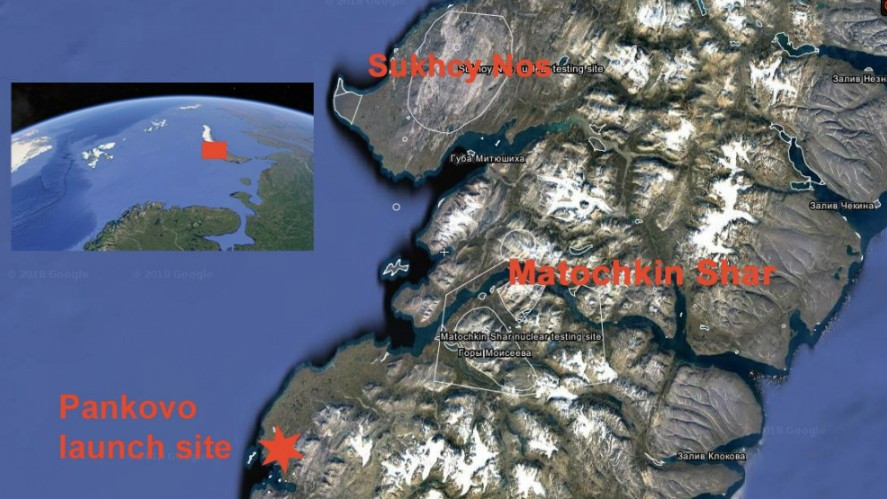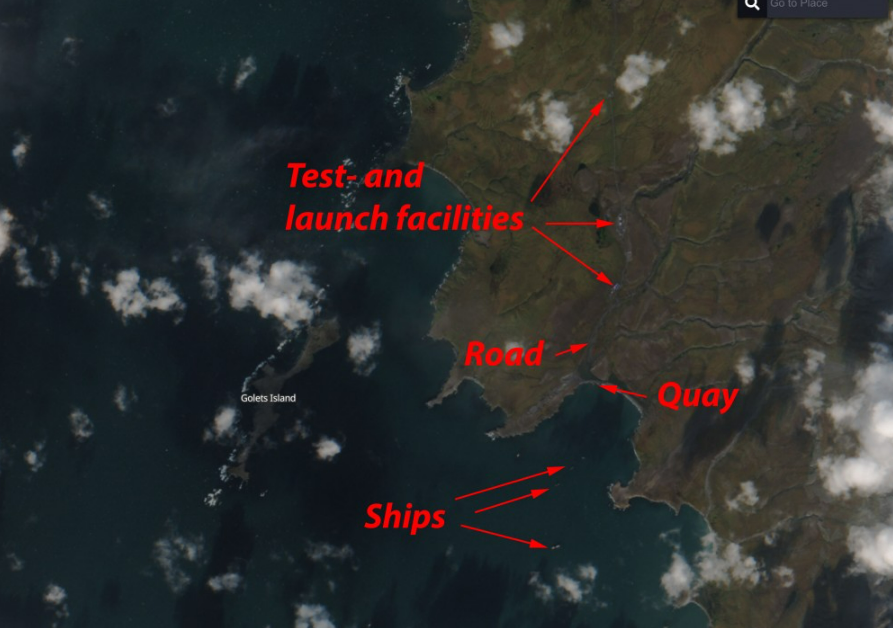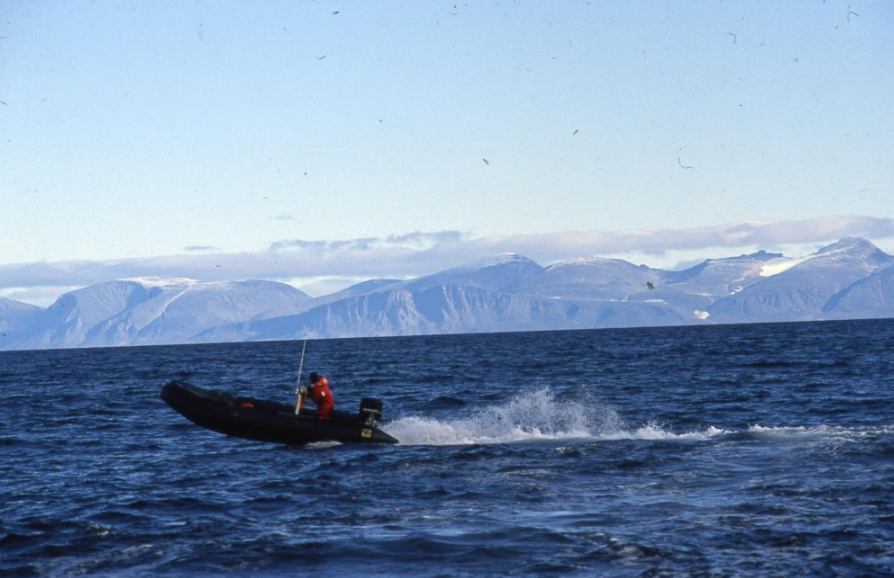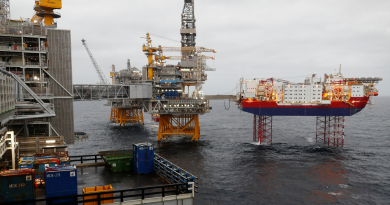Norwegians fear radiation as Russia prolongs test-window for Burevestnik missile

A satellite image from September 14 shows several vessels close to shore near the military top-secret Pankovo test site. Air space and waters in a distance of about 300 kilometers along the west coast of Novaya Zemlya in the Barents Sea will remain closed until September 24.
“An accident involves a risk of local radioactive releases,” says Head of the Norwegian Intelligence Service, Nils Andreas Stensønes, to the Barents Observer.
“The intelligence service follows Russia’s weapons programs and testings closely, including this program,” he says.
“There will always be a concern related to incidents with reactor-powered weapons systems,” Stensønes says.
The Barents Observer has since August, with available open sources, monitored Russia’s busy activities at Novaya Zemlya. Frequent updated satellite images, ship tracking, Notice to Airmen (NOTAMs), and Coastal Warnings (PRIPs) for the period have made it possible to obtain insights linking the activities to the Burevestnik testings.
A satellite image from September 14 shows three vessels in the bay inside Golets Island. None of the ships have their AIS turned.
Last year, the Barents Observer reported about an extensive buildup of infrastructure and buildings at the Pankovo test site, including a missile canister, shelter pad with rails, and several support buildings. A new quay is built by the shore to support the test site further up the valley where the road is improved.
Flying little Chernobyl
The Burevestnik could as well be named ‘a flying Chernobyl’ as the missile is powered by a small nuclear reactor which is cooled by the outside air running through the uranium core, leaving behind radioactive isotopes as it is flying.
That is the reason tests of the weapon now take place at one of the world’s most remote locations, hundreds of kilometers from the nearest civilian populations.
Burevestnik, nick-named Skyfall by NATO, “is still at the test stage,” Nils Andreas Stensønes underlines.

2019 accident killed five
Vladimir Putin first talked about the development of the terrifying weapon in his state-of-the-nation speech in March 2018.
But it was first in 2019 that the development of the reactor-powered cruise missile got worldwide attention. Five Rosatom experts were killed and three more injured during the recovery of the missile from the seabed outside Nenoksa Navy Testing Range by the White Sea.
A spike in radiation over the nearby city of Severodvinsk was reported simultaneously.
“Dangerous development”
It is radiation to air- and marine environment that worries the Norwegians this fall.
“This is a very dangerous development,” says Frederic Hauge, head of the Bellona Foundation in Oslo. Hauge has since the last years of the Soviet era worked on nuclear safety projects in northwest Russia.
“We have already seen that testing of a reactor-weapon that flies here and there ends badly,” he says.

Frederic Hauge believes this is the reason why Novaya Zemlya is used as a test area. “The entire archipelago is closed and no outsiders can get independent information about what happens. Not least information about tests and accidents causing radioactive releases.”
“We are very worried,” Hauge states.
“The entire idea with this weapon is to create fear. It is a strategic propaganda weapon,” he says.
“With that in mind, the Rosatom developers don’t care about the emission of radioactive isotopes during testing. This missile is designed for nuclear war.”
Frederic Hauge says Rosatom, the state nuclear corporation, has become much more militarized after Russia’s full-scale war on Ukraine.
“They are more closed, and income from Rosatom’s international businesses goes to finance the war and develop such scary weapons as the reactor-powered Burevestnik.”

A missile launched from Pankovo test site could either be directed to fall down in the Barents Sea or to hit a dedicated target further north on Novaya Zemlya.
The current Notice to Airmen (NOTAM) warning was first activated on August 31, but was this week prolonged until September 24.
In late August, two large blue-colored Ilyushin Il-76 cargo planes arrived at Rogachevo air base as can be seen on the satellite image below.
This airfield serves the military settlement in Belushya Guba. From here, the Defense Ministry’s people in charge of the nuclear weapons test polygon at the Matochkin Strait live. Although the last real underground nuclear weapons test took place on October 24, 1990, Russia later used the tunnels for sub-critical nuclear tests.
Helicopters bring the military and Rosatom’s weapons designers north, also to the Pankovo test site.
The vessels seen on satellite images in the area could be aimed at both deliver cargo to the test site, to observe the test itself from several angles, and to take part in the recovery of the nuclear-powered missile after it hits the sea.
Related stories from around the North:
Finland: “Nothing taboo” in upcoming talks with Russia’s Putin, Finnish President Niinistö says, Yle News
Norway: Was a nuclear-able Soviet sub near Norway’s coasts during a deadly 1984 fire?, The Independent Barents Observer
Russia: Russian secret sub to be repaired and put back in service, The Independent Barents Observer
Sweden: Sweden wants to rebuild its “total defence” system, Radio Sweden
United States: Between Militarization and Disarmament: Constructing Peace in the Arctic, Blog by Heather Exner-Pirot



